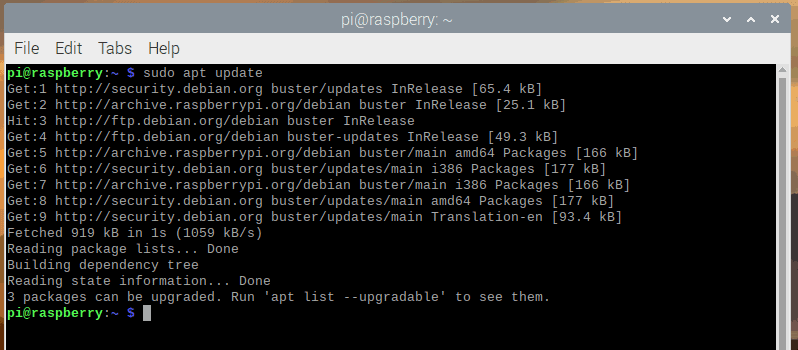

Logged in as you’d prefer to stay in the CLI to enter your credentials, run heroku login -i. › Warning: If browser does not open, visit Heroku: Press any key to open up the browser to login or q to exit Enter any key to go to your web browser to complete login.
#SUDO UPDATE INSTALL#
Get Started with the Heroku CLIĪfter you install the CLI, run the heroku login command.

If you don’t see that output, and installed the Heroku CLI, check if you have an old heroku gem on your system. To verify your CLI installation, use the heroku -version command: $ heroku -version
#SUDO UPDATE PATCH#
This method can cause issues if the CLI’s dependencies become incompatible in minor or patch releases. If you use any of the other installation methods, it includes the proper version of Node.js and doesn’t conflict with any other version on your system.Īlso, this method doesn’t use the yarn lockfile for dependencies like the others do, even if you install with yarn. Heroku uses current releases of Node.js and doesn’t support older versions. It also requires you to use your system’s version of Node.js, which can be older than the version Heroku develops the CLI against. This installation method doesn’t autoupdate. It’s strongly recommended to use one of the other installation methods if possible. This method is also useful if you want fine-grained control over CLI updates such as in a tested script. You must have node and npm installed already. ARM and BSD must use this installation method.
#SUDO UPDATE MANUAL#
Use this manual install method in environments where autoupdating isn’t ideal, or where Heroku doesn’t offer a prebuilt Node.js binary. The CLI is built with Node.js and installable via npm. Install the community-maintained heroku-cli 7.60.1-1: $ yay -S heroku-cli Use the standalone installation for an autoupdating version of the CLI. Install with Ubuntu / Debian apt-get $ curl | sh xz is much smaller but gz is more compatible. These tarballs are available in gz or xz compression. You can also download one of the following tarballs and extract it yourself. The script requires sudo and isn’t Windows compatible. To set up the CLI in /usr/local/lib/heroku and /usr/local/bin/heroku, run the following script. It contains its own node.js binary and autoupdates. The standalone install is a simple tarball with a binary.
#SUDO UPDATE UPDATE#
If you don’t use the update command, you won’t refresh the cache, which would not give you a clue about the available package updates.Download the appropriate installer for your Windows installation:ģ2-bit installer Standalone Installation with a Tarball The metadata includes information pertaining to the version, repository, dependency, and other relevant package details. Your Linux system has an available cache of software (packages), which contains the necessary metadata related to those packages. On the other hand, the apt upgrade command downloads and installs available updates on your machine in one go. The update command gives you an idea about the available updates, but it does not download or install the updates within your distro. apt upgrade: A ComparisonĮven though the apt update command might seem like the obvious go-to option to update your packages on Linux, it’s not entirely the case. But the point is, what's the difference between these commands, and how can you use them to update your Linux packages? apt update vs. When looking for ways to update packages, you will come across commands like apt update, apt upgrade, and related versions.


 0 kommentar(er)
0 kommentar(er)
